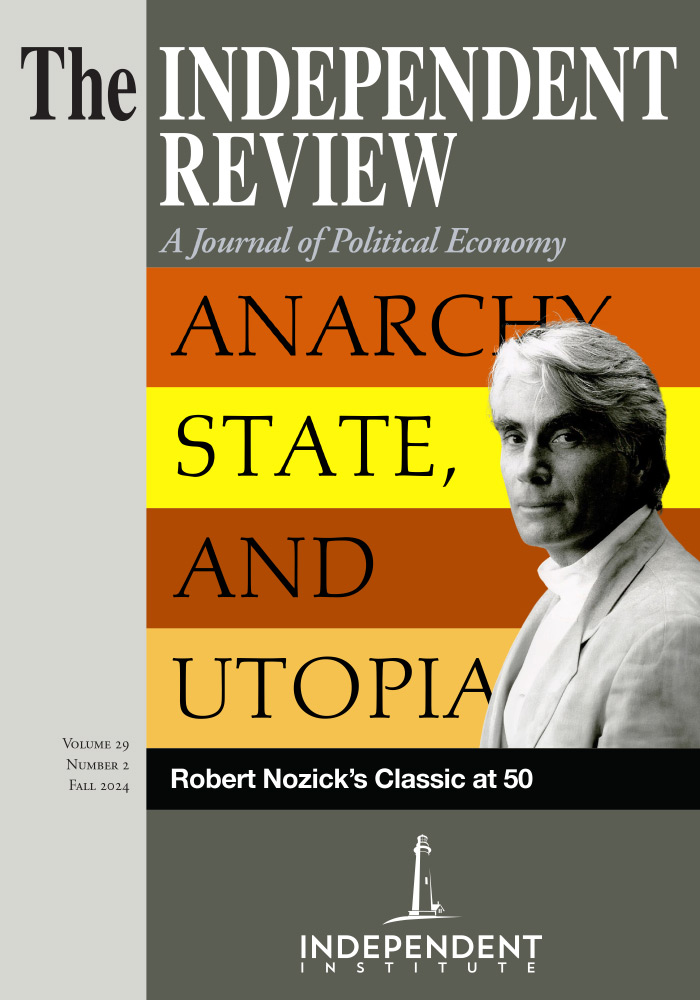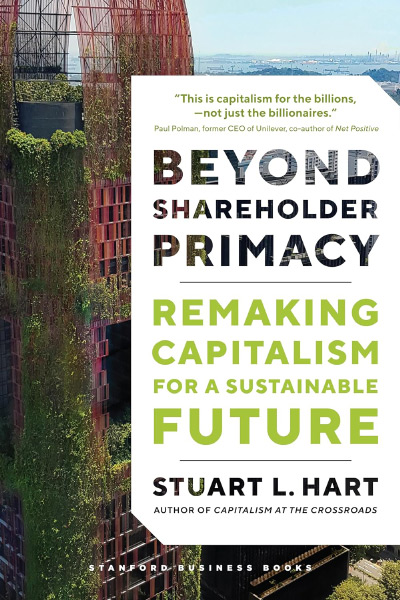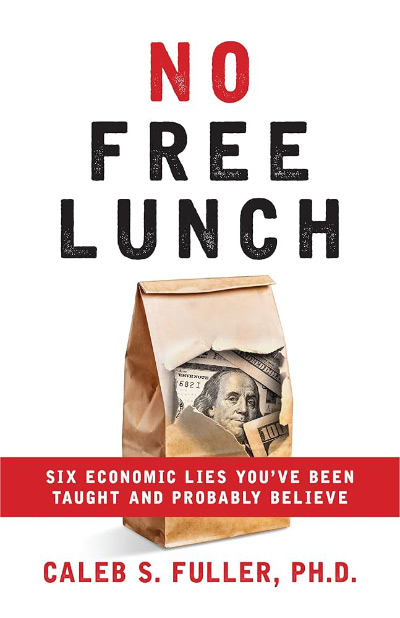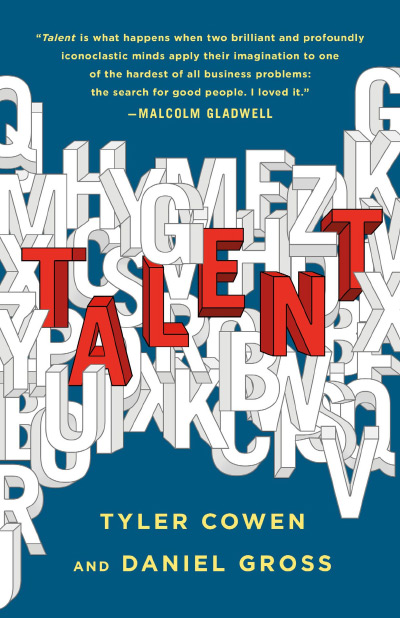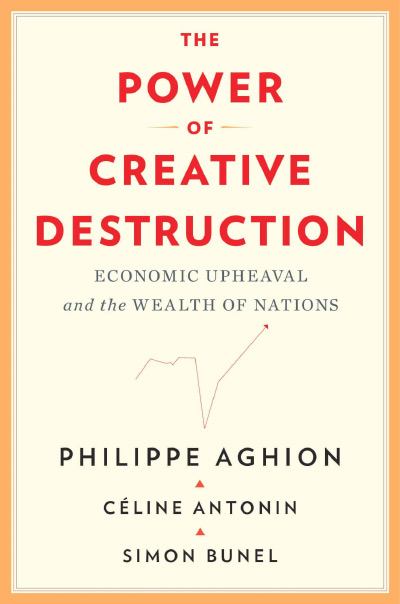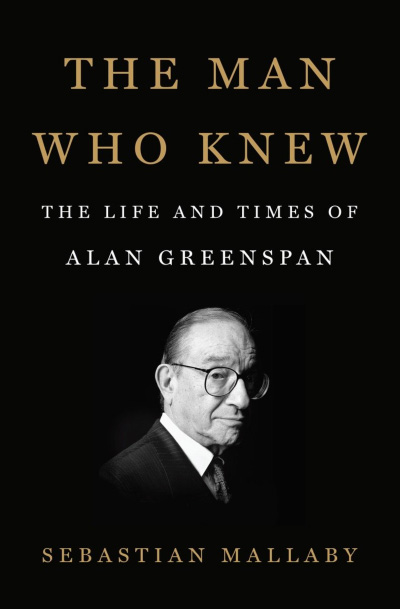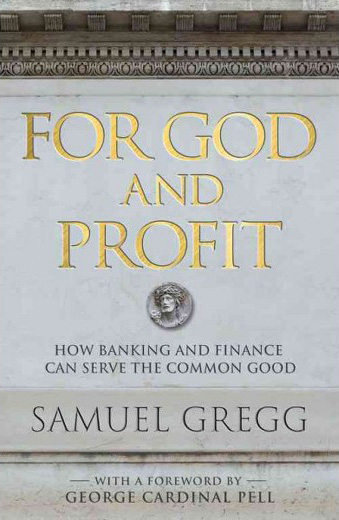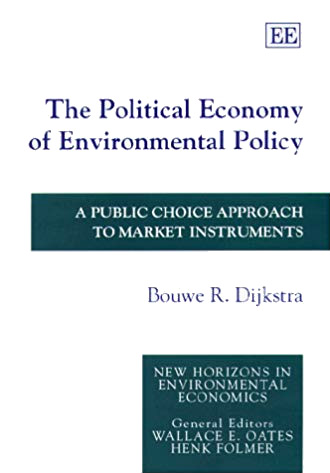There is an ongoing debate on whether the purpose of the modern for-profit corporation is to maximize shareholder value within the confines of the rule of law (shareholder primacy) or to at times sacrifice shareholder interests to promote the interests of other stakeholders (stakeholder primacy). In Beyond Shareholder Primacy, Stuart Hart—a long-time management professor at top-ranked business schools and oft-time corporate sustainability consultant—makes no bones about his opinion on the matter. Shareholder primacy: bad. From his preface: “until we free ourselves from the tyranny of shareholder primacy—the state of the world will continue its precipitous march to oblivion” (pp. xv-xvi). In his view, business schools are a major culprit as they perpetuate shareholder mythology. “We must exorcise the demons of shareholder primacy and market fundamentalism from our business schools” (p. 11).
The first section of book is devoted to Hart’s narrative that capitalism has gone through (at least) two “reformations” over the past four hundred years and must go through a third reformation to replace “inequitable shareholder capitalism” with a “new sustainable and inclusive form of capitalism.” And waste no time! This must be done in the next decade. “The fate of humanity—along with other vulnerable forms of life on earth—hangs in the balance” (p. 116).
Capitalism began, in Hart’s narrative, in the European Age of Exploration with state monopoly franchises granting limited liability to privately financed joint stock companies. Hart pays special attention to the British East India Company. Founded in 1600 as a trading company, by the 1750’s it had evolved into an agent for the British Empire with its own private army that ruthlessly exploited the people of India in commercial dealings. This along with other state-led management of the economy—what we now call mercantilism—characterized the first form capitalism.
Adam Smith’s The Wealth of Nations (Indianapolis: Liberty Fund, 1981) can be seen as the blueprint for replacing monopolistic mercantilist capitalism with a less exploitive and more competitive form of capitalism. “In very real sense [Adam Smith] was one of the world’s first anticorporate activist: free enterprise—the pursuit of self-interest, division of labor, and freedom to trade—was utterly subversive to the mercantilist and aristocratic ways of eighteenth-century British commerce” (p. 31). The American Republic adopted much of the Smithian agenda in its early growth and formation, both modified and supplemented by Alexander Hamilton’s insights. It strictly limited the scope of private corporations. This was the first reformation of capitalism.
However, trouble was on the horizon with industrialization, especially after the Civil War. “Neither Adam Smith nor Alexander Hamilton could have foreseen, however, what industrialization would eventually bring: mass production powered by fossil energy, scale economies and mass distribution, and the rise of modern industrial corporations ... The next age of rapacious capitalism had begun” (p. 39). According to Hart, legal restrictions on corporations tracing to the “Founding Fathers were scaled back or eliminated” (p. 41) so that “Robber Barons” could, as the mercantilist traders of old, impose a regime of exploitive monopolistic capitalism on the public.
This led to the second great reformation: the progressive movement that led to a system of welfare capitalism. Antitrust laws and the Taft, Roosevelt and Wilson administrations expanded the scope of the federal power to tame the out-of-control tycoons and moneyed interests. The stock market crash and Great Depression led to further progressive reform in the rise of the New Deal of Franklin Roosevelt. John Maynard Keynes provided the rationale for more government intervention in the economy. Adolf Berle and Gardiner Means provided the intellectual groundwork for a what we now call a stakeholder model of capitalism. Hart tells us “The U.S. also proceeded to build a truly inclusive domestic economy: from the late 1940’s until well into the 1970’s” (p. 49, Hart’s emphasis).
After the 1970’s, however, a new “neoliberal” order, ushered in by Ronald Reagan and Margaret Thatcher, rolled back welfare capitalism ultimately leading to the economic and financial crisis of 2008. The putative cause of this abandonment of welfare capitalism can be traced to special interest supporting intellectuals who hoisted up a model of shareholder primacy epitomized in Milton Friedman’s 1970 article “The Social Responsibility of Business Is to Increase Profits.” The current existential crisis must again be solved by a third reformation towards a new system of “sustainable” capitalism.
Parts II and III outline Hart’s blueprint as to how to get from here to there. It includes detailed suggestions on how firms should modify their existing structures and operations to promote sustainability goals and how business schools should restructure their programs. Interestingly, Hart offers little in terms of concrete policy advice, except that corporate leaders should embrace, support, and at times formulate progressive causes.
Hart is a good writer and at his best when he is detailing the nuts and bolts of the internal operations of firms. I find especially intriguing his analysis of the changing landscape of the world aluminum industry in the 2010’s. Novelis Corporation embarked on a strategy to increasingly rely on recycled aluminum. This reduced its carbon footprint while simultaneously increasing its profitability. In fact, its investments in recycling may have “effectively preempted future competitors from entering the game” (p. 218). I guess a bit of rapacious monopolization is OK if it is for a good cause.
Hart’s book will be music to the ears to those in business colleges committed to curricula focusing on the social impact of business and generating business school graduates who are “visionary leaders for innovation and transformational change.” (p. 251). It will be received more skeptically by those who have other ideas for business schools. There are many components of Hart’s narrative and his blueprint for change that one can question. I will confine my critique to what I see as Hart’s gross misunderstanding of Adam Smith.
Hart tell us that if Adam Smith were alive today, he would be “aligned with stakeholder theory ... [and] would no doubt be considered excessively ‘woke’ by some” (p. 91). It is not quite clear how he arrives at this conclusion although he claims advocates of shareholder primacy have engaged in a “fundamental misreading” (p. 82) of Smith’s entire corpus of work that includes Theory of Moral Sentiments (Indianapolis: Liberty Fund, 1982) as well as The Wealth of Nations. Hart tells us that while Adam Smith recognized the necessity of profits Smith argued profits would be “highest in countries which are going to ruin.” Hart concludes this is “a direct contradiction to those who assert the purpose of business is to maximize profits” (p. 31). So, Smith eschewed profit maximization?
The relevant text in The Wealth of Nations is in book 1 chapter 11, “Of the Rent of Land.” Smith is summarizing how a nation’s output is divided between landowners who earn rents, laborers who earn wages and owners of stock (or capital) who earn profits. Smith tells us that the profit to stock “...is naturally low in rich countries, high in poor countries and highest in countries going to ruin” (Smith. The Wealth of Nations, 266). Of course, the abundance of capital is the reason rich countries are rich. It is also the reason the marginal rates of return are low in rich countries. This is an early version of the modern Solow growth model. It is hard to see how it sheds any light on the question of whether business firms should, or in fact do, engage in profit maximization. Ex-post profits may be exorbitantly high in a war zone—yet profit maximizing firms routinely choose to avoid them.
Hart later tells us that Adam Smith’s first use of the phrase “invisible hand” was in the Theory of Moral Sentiments, where Hart claims “He used the phrase to describe what he saw as man’s natural instinct to ‘share the fruits of communal labor’ rather than his more infamous observation that the pursuit of self-interest in a competitive market economy can have positive unintended consequences of increasing wealth for everyone” (pp. 82-83). This is a very stretched and strange interpretation of Smith’s use of the term in The Theory of Moral Sentiments.
In the passage, Smith is reflecting on how improvements in agricultural productivity are distributed. Smith tells us while the “proud and unfeeling” landlord images he will get all the gains from the improvements, “the capacity of his stomach bears no proportion to the immensity of his desires.” Smith tells us that in spite of landlords’ “natural selfishness and rapacity...[and] their own vain and insatiable desires, they divide with the poor the produce of all their improvements. They are led by an invisible hand to make nearly the same distribution of the necessaries of life, which would have been made had the earth been divided into equal portions among all its inhabitants” (Smith, Theory of Moral Sentiments, 184-185, my emphasis). Smith’s description of the landlord belies that Smith had in mind any natural instinct to share. Indeed, Smith’s point is exactly that “without knowing it, without intending it” (Smith, TMS 185) the improvement of agricultural productivity increases wealth for everyone.
This is the only passage in The Theory of Moral Sentiments where Smith uses the invisible hand metaphor. Hart incorrectly tells us it is used “often” in the text but gets it right when he tells us it is used only once in The Wealth of Nations (p. 32). Smith’s use of invisible hand in The Wealth of Nations, however, is very difficult to square with Hart’s notion that Smith was somehow a precursor of stakeholder theory. In a preceding paragraph to The Wealth of Nations reference Smith writes: “But it is only for the sake of profit that any man employs a capital in support of industry; and he will always, therefore, endeavour to employ it in the support of that industry of which the produce is likely to be of the greatest value” (Smith, The Wealth of Nations, 455). This sounds like profit maximizing. Two paragraphs later, Smith tells us that in doing so the owner of capital “intends only his gain, and he is in this, as in many other cases, led by an invisible hand to promote an end which was no part of his intention. Nor was it worse for society that it was no part of his intention. By pursuing his own interest, he frequently promotes that of the society more effectually than when he really intends to promote it” (Smith, The Wealth of Nations, 456, my emphasis). In the very next sentence Smith tells us “I have never known much good done by those who affected to trade for the publick good. It is an affectation, indeed, not very common among merchants, and very few words need be employed in dissuading them from it” (p. 456). Trading for the public interests sound like stakeholder capitalism. It is hard to see Smith as a stakeholder advocate from this.
Hart seems to be trying to write a treatise on par with Karl Polanyi’s influential but deeply flawed The Great Transformation. What he has given us, however, is a work one-rung above Robert Reich’s popular leftist polemic Saving Capitalism. His book is a good guide to understand the thinking of those who want to mold capitalism and business education into an engine for their progressive/utopian dreams. But as Friedrich Hayek reminds us: “The curious task of economics is to demonstrate to men how little they really know about what they imagine they can design” (The Fatal Conceit: The Errors of Socialism, 1988, Chicago: University of Chicago Press, 76).
| Other Independent Review articles by Cecil E. Bohanon | ||
| Summer 2022 | Minds Wide Shut: How the New Fundamentalisms Divide Us | |
| Winter 2021/22 | Steven G. Horwitz: A Tribute | |
| Winter 2020/21 | Human Nature and Civil Society in Jane Austen | |
| [View All (9)] | ||

